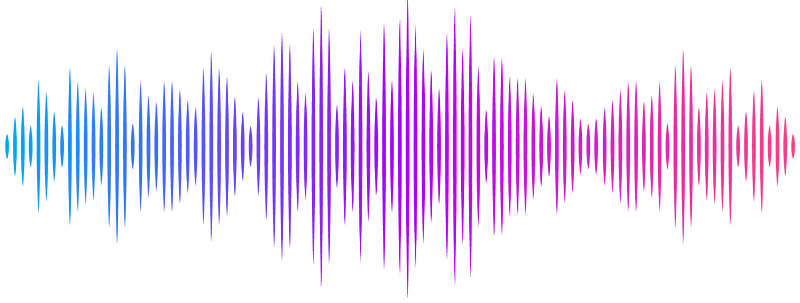Exploring Kp,uu,BBB Values Smaller than Unity in Remoxipride: A Physiologically-Based CNS Model Approach Highlighting Brain Metabolism in Drugs with Passive Blood-Brain Barrier Transport

Exploring Kp,uu,BBB Values Smaller than Unity in Remoxipride: A Physiologically-Based CNS Model Approach Highlighting Brain Metabolism in Drugs with Passive Blood-Brain Barrier Transport
Zhang, M.; Vuist, I. M.; Rottschafer, V.; de Lange, E. C. M.
AbstractAim: Kp,uu,BBB values are crucial indicators of drug distribution into the brain, representing the steady-state relationship between unbound concentrations in plasma and in brain extracellular fluid (brainECF). Kp,uu,BBB values < 1 are often interpreted as indicators of dominant active efflux transport processes at the blood-brain barrier (BBB). However, the potential impact of brain metabolism on this value is typically not addressed. In this study, we investigated the brain distribution of remoxipride, as a paradigm compound for passive BBB transport with yet unexplained brain elimination that was hypothesized to represent brain metabolism. Methods: The physiologically-based LeiCNS pharmacokinetic predictor (LeiCNS-PK model) was used to compare brain distribution of remoxipride with and without Michaelis-Menten kinetics at the BBB and/or brain cell organelle levels. To that end, multiple in-house (IV 0.7, 3.5, 4, 5.2, 7, 8, 14 and 16 mg/kg) and external (IV 4 and 8 mg/kg) rat microdialysis studies plasma and brainECF data were analysed. Results: The incorporation of active elimination through presumed brain metabolism of remoxipride in the LeiCNS-PK model significantly improved the prediction accuracy of experimentally observed brainECF profiles of this drug. The model integrated with brain metabolism in both barriers and organelles levels is named LeiCNS-PK3.5. Conclusion: For drugs with Kp,uu,BBB values < 1, not only the current interpretation of dominant BBB efflux transport, but also potential brain metabolism needs to be considered, especially because these may be concentration dependent. This will improve the mechanistic understanding of the processes that determine brain PK profiles.


